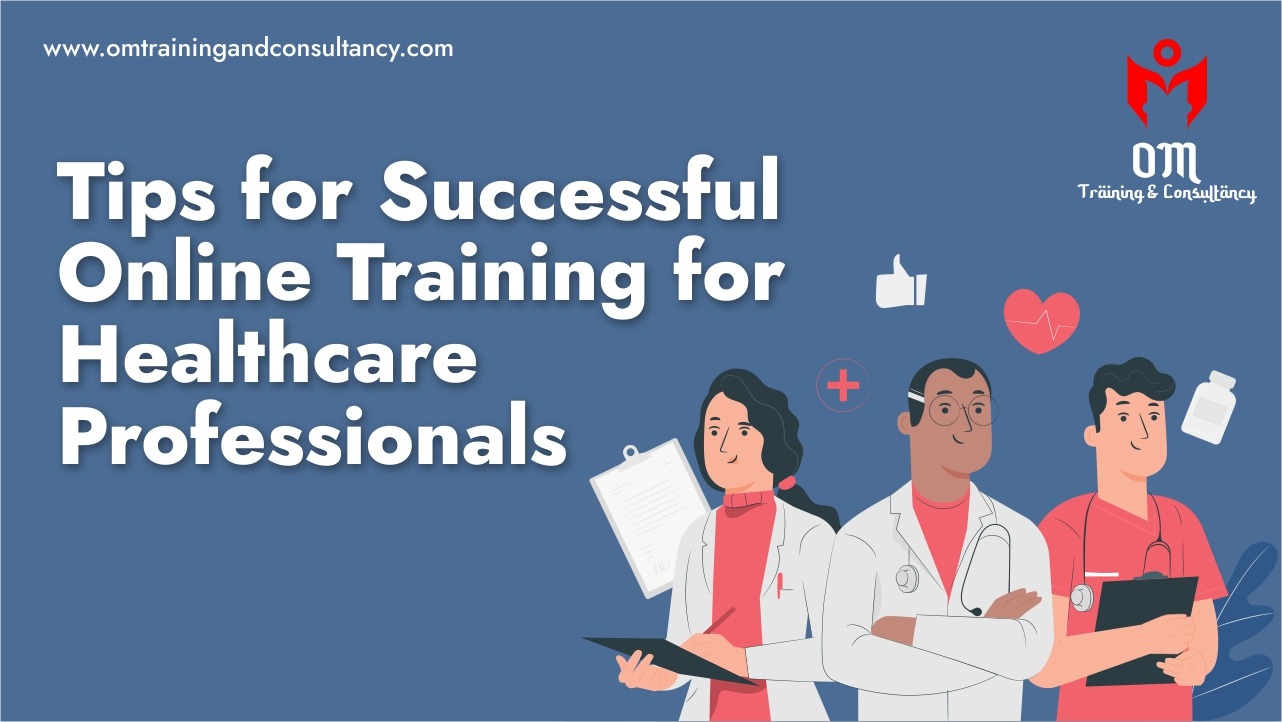More than in any other field, people who work in healthcare need to be trained properly and take part in ongoing professional development. After all, doctors and nurses are in charge of our health and well-being, and they may be the only thing that stands between us and death. But this level of education has usually cost a lot of money and taken a lot of time. This is why many Healthcare Professionals and managers are enthusiastic about the growth of online teaching in their sector.
Online training is much cheaper than training in person, and companies or individuals can save money on learning and development by making the switch. The savings come from not having to pay for a place to meet, printed materials, and teacher fees, as well as the cost of time away from work.
Instead of paying for a trainer to travel to single or several sites, the training program is posted to a cloud-based portal where healthcare personnel can access the materials and evaluations from anywhere.
Traditional face-to-face training takes up more time than e-learning does. Training materials can be shortened, and training can be more specific. For example, professionals don’t have to sit through an entire course; they can just do the units that are important to them. Also, since training is done on demand, people can do it when it works best for them, which is important in a field like healthcare where hours aren’t always set. This helps a lot when it comes to getting new employees started. With online training, a single employee can be brought on board right away at no extra cost.
This type of training is especially useful in the healthcare field, which is always changing as new things come out. Online learning materials can be easily and cheaply updated. Then, instead of having to sit through yet another full training session, learners can focus on just the new information.
How we can assist - staff training at a centre
We give constant on-demand training to employees while ensuring that they can rely on us to produce excellent results for both employees and management.
Here are the pointers to help you succeed with your online healthcare training.
- Make it visually engaging.
Use the platform’s features instead of just copying and pasting all the necessary information, which is a surefire way to turn off learners. Use pictures, videos, and graphics to break up the text and keep people interested. In healthcare, visuals are frequently preferable to written explanations of topics or processes.
- Know what you are teaching
You must be clear about what you’re attempting to teach, just like with face-to-face instruction. Before you design your course, be certain that you are well aware of all the components that must be present. It is inefficient and probably won’t interest students to simply throw everything into a course. Think about making smaller, more focused units instead of one big course, and keep an eye on student participation and tests to see where advancements need to be made.
- Use learning based on situations.
In the sector of healthcare, scenario experiences are some of the best ways to learn because they let people try out new abilities or procedures without risk. Simulation scenario training that is done over and over again can boost brain muscle memory, making it more likely that professionals will follow the right steps when they are out in the field.
- Think about where your audience will be
Keep your training course’s location vague if, like TBI, you want to use it throughout the nation (or, in fact, the entire planet). You might want to put things that need to be changed for a certain area in their unit so you don’t have to make big changes later. Additionally, consider accessibility and whether you require video subtitles or picture captions.
- Include things that people can do
You might want to add engaging parts to your course to keep students interested and keep track of their progress. Short games and quizzes are simple methods to encourage learners to connect with your program, but you may also want to offer periodic webinars where professionals may ask questions and discuss their perspectives in a virtual group setting. Make sure that these webinars are recorded and can be watched later since healthcare workers have different schedules and can’t all go to sessions at the same time.
Read Also:- Healthcare Professional certification to upskill
